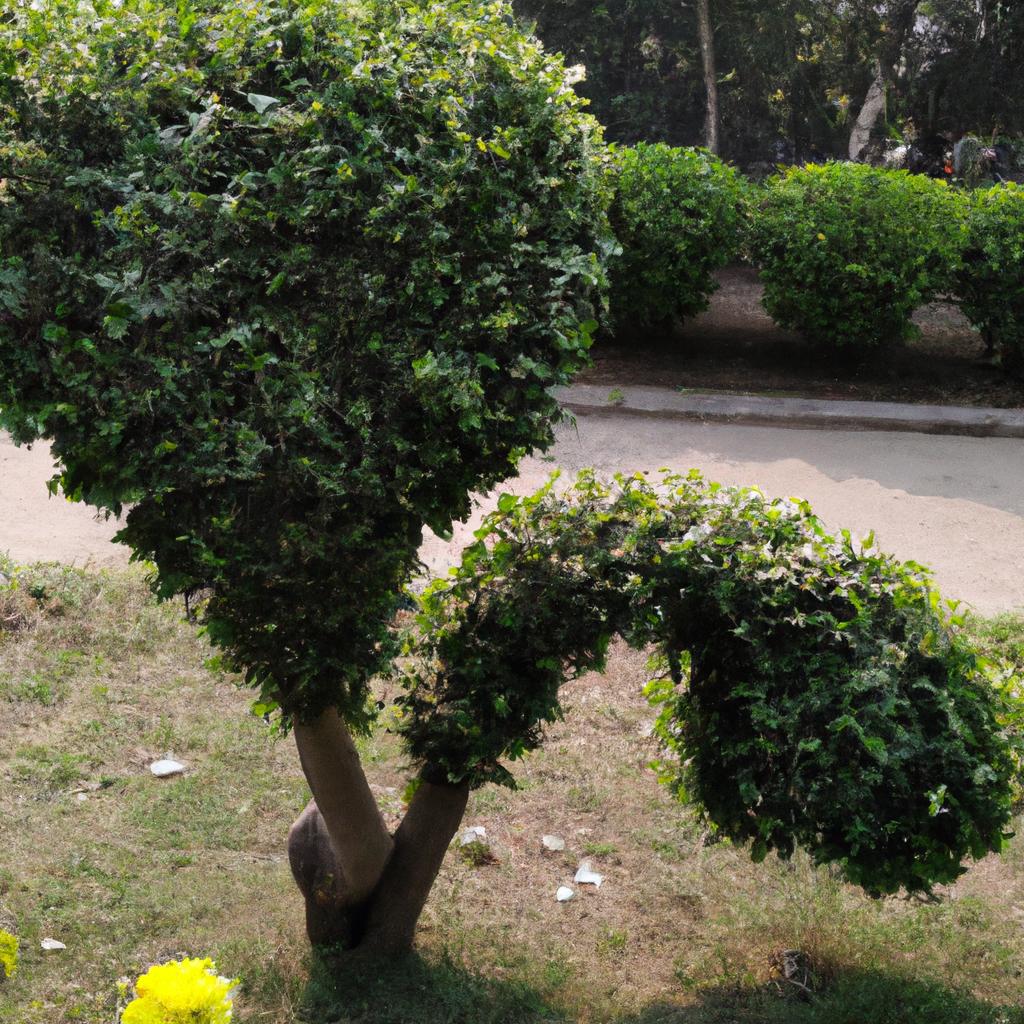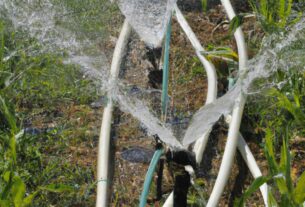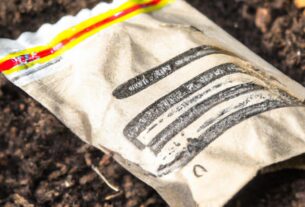Garden trees are not just decorative elements; they are an essential part of landscaping and gardening. These natural wonders provide aesthetic appeal while also offering numerous environmental benefits. By creating a habitat for wildlife, providing shade, and trapping carbon dioxide, garden trees play a crucial role in combatting climate change. Let’s explore the different types of garden trees and learn how to choose, plant, and care for them.
Types of Garden Trees
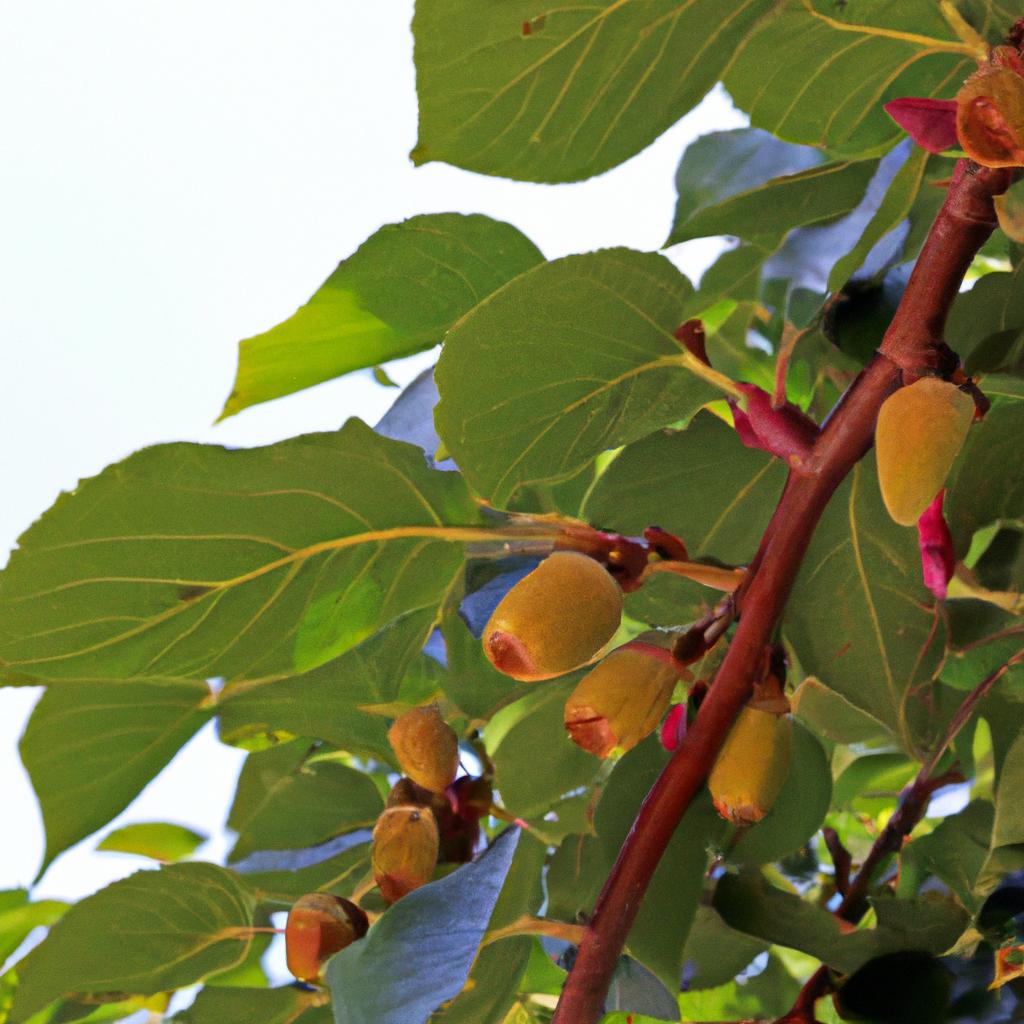
There are three main types of garden trees to consider when designing your outdoor space:
Native Trees
Native trees are indigenous to your region or ecosystem. They require minimal maintenance as they have adapted to the local environment. These trees provide food and shelter for local wildlife and are more resistant to pests and diseases.
Ornamental Trees
Ornamental trees are chosen for their beauty and captivating appearance. They boast colorful foliage, unique shapes, and attractive flowers. While they require more attention than native trees, the visual impact they bring to your garden is well worth the effort.
Fruit Trees
For those seeking a more fruitful experience, fruit trees are an excellent choice. They offer an abundance of fresh and healthy fruits throughout the year. With a wide variety available, you can select the perfect fruit tree that suits your taste preferences and growing conditions.
Consider your local climate, soil type, and available space when choosing the right garden trees for your landscape. Let’s delve into these factors in detail.
Climate
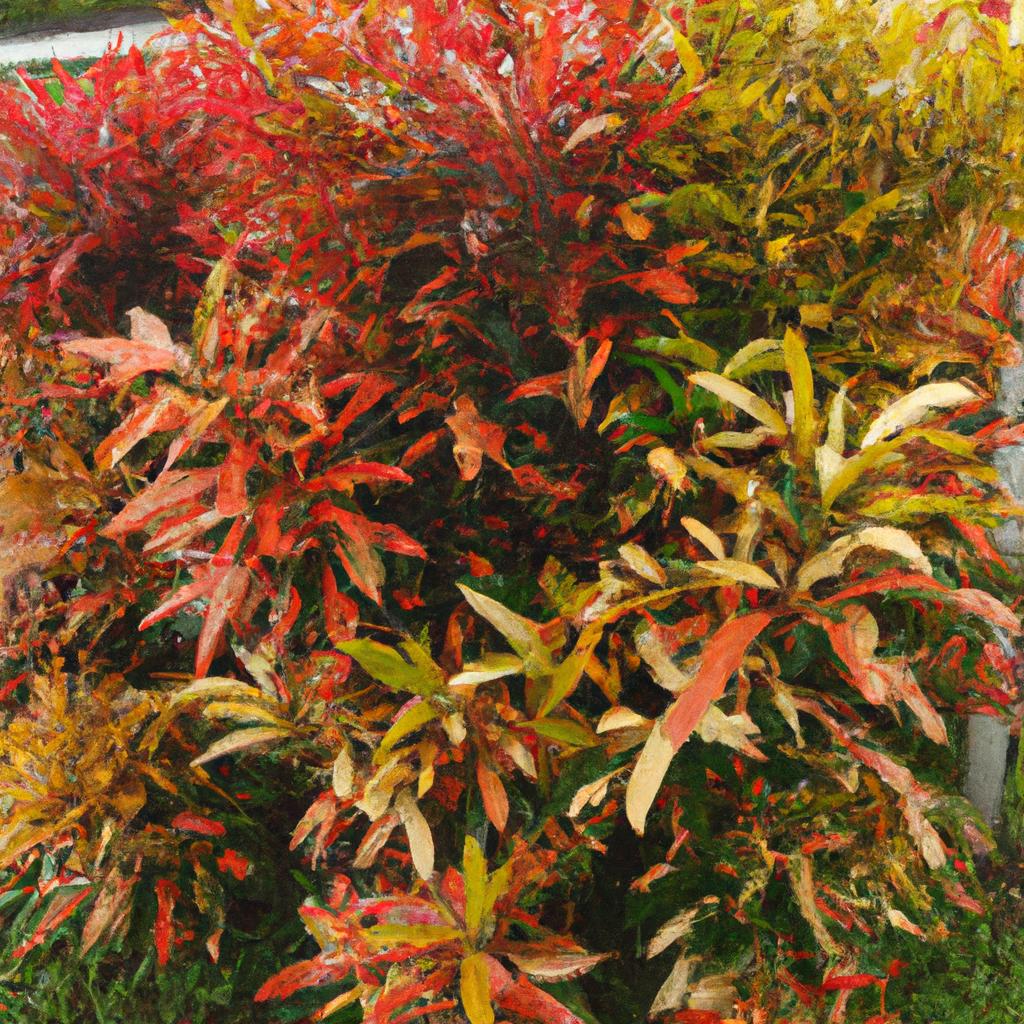
Your local climate is a vital factor in determining which trees will thrive in your garden. Different types of garden trees have specific climatic preferences. Some trees thrive in warm, humid environments, while others prefer cooler, drier climates. Understanding your local climate will guide you in selecting trees that will flourish in your area.
Soil Type
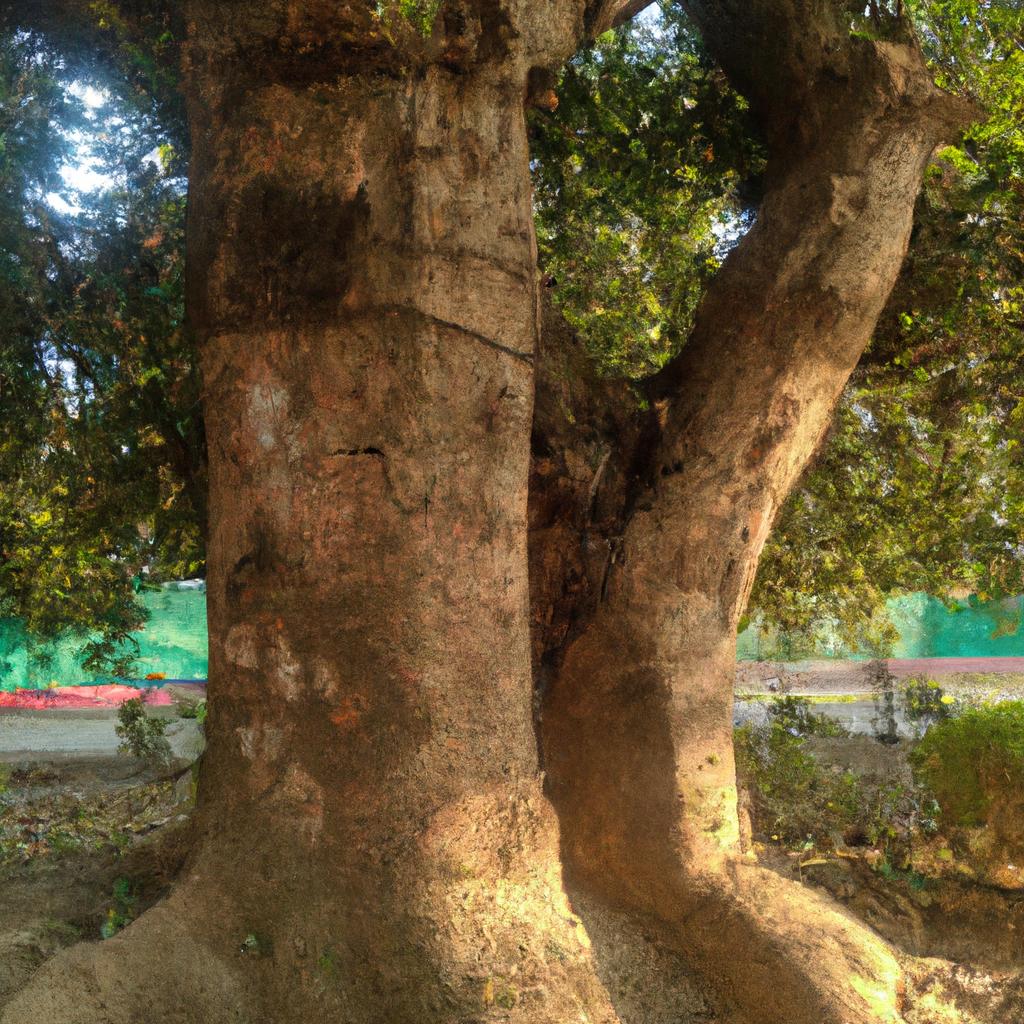
The type of soil in your garden also affects the health and growth of your trees. Some trees thrive in well-drained soils, while others prefer moist conditions. It’s crucial to test your soil’s pH levels before choosing the right trees for your landscape.
Available Space
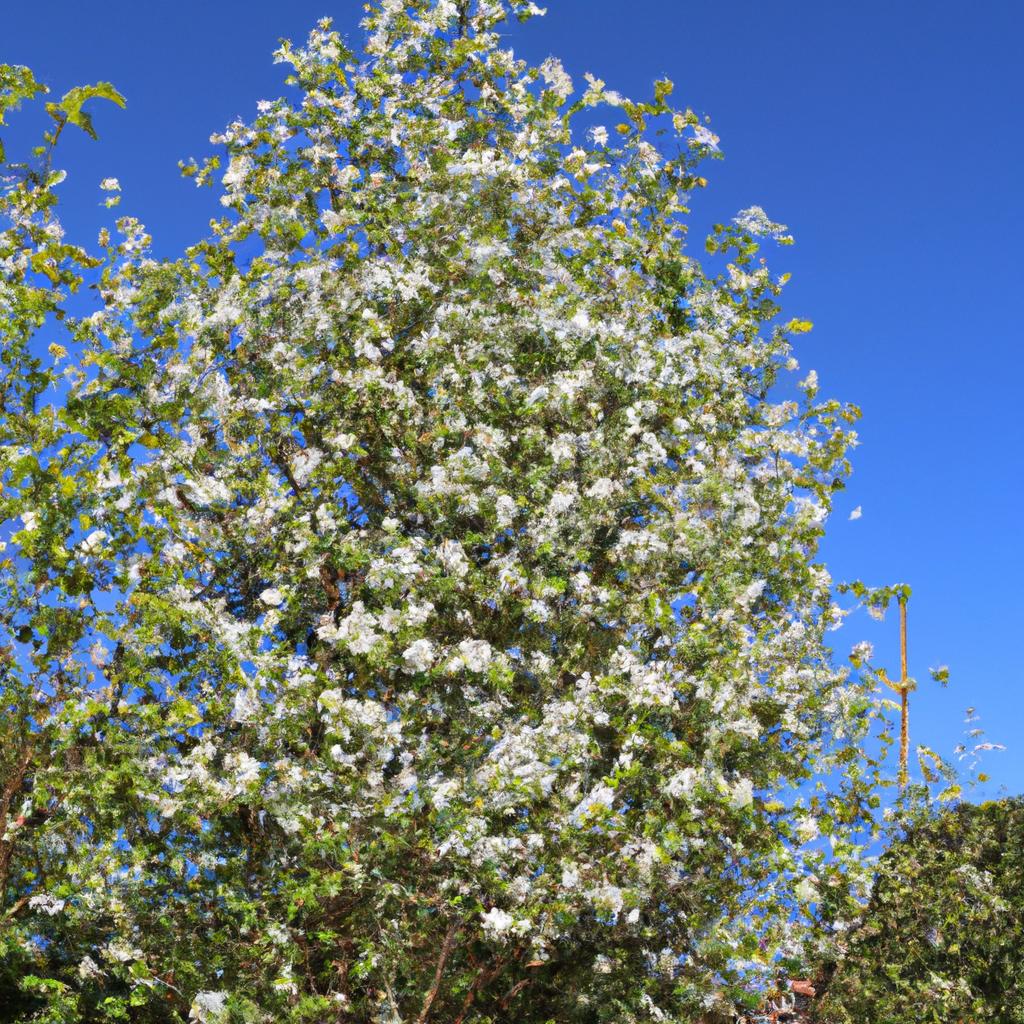
The available space in your garden is another essential consideration. Some trees can grow quite large, while others remain more compact. Select trees that fit well within your available space without overcrowding or overshadowing other plants.
By considering these factors, you can make an informed decision and choose garden trees that will thrive in your landscape, providing the desired aesthetic appeal and environmental benefits.
Planting and Caring for Garden Trees
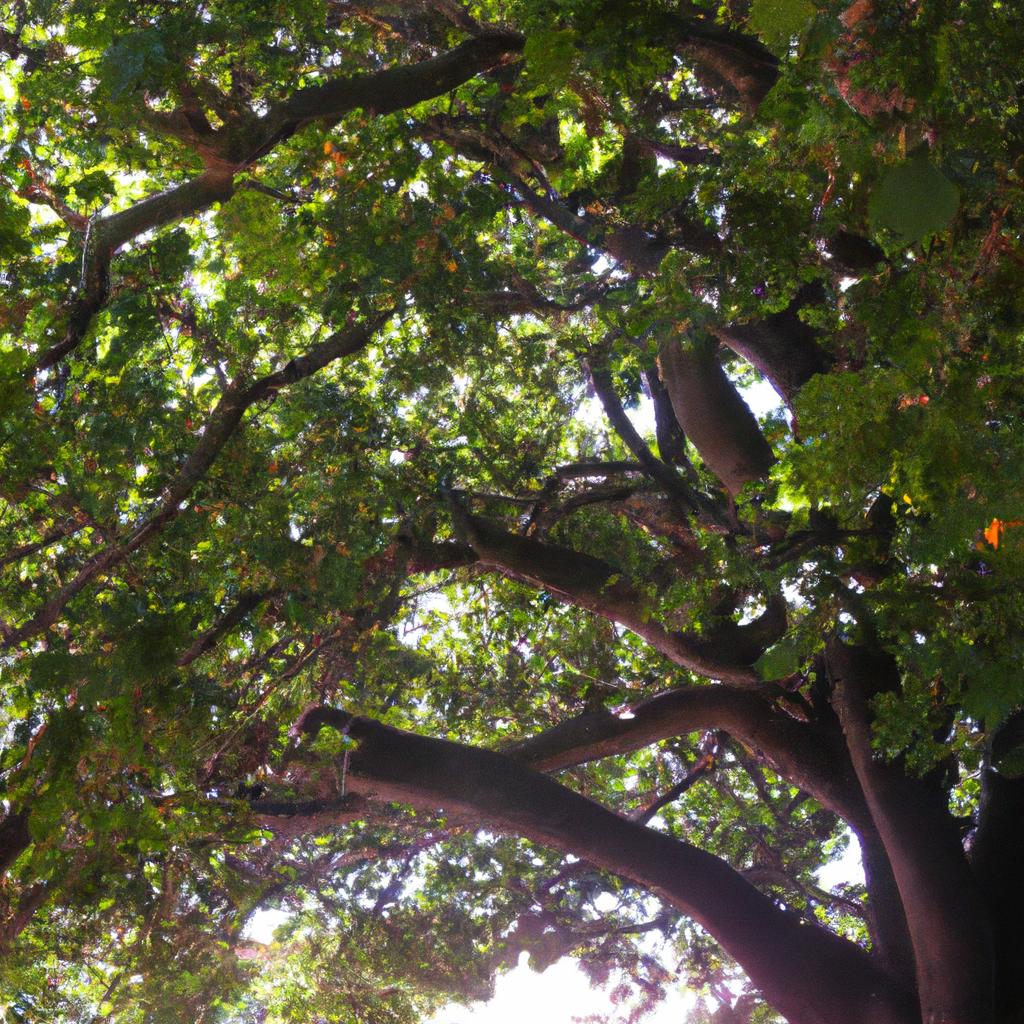
Planting garden trees is an exciting endeavor. To ensure their success, keep these tips in mind:
How to Plant Garden Trees
- Choose a spacious location with adequate sunlight for your tree’s mature size.
- Dig a hole twice as wide and slightly shallower than the root ball.
- Place the tree in the hole, ensuring it is upright and level with the ground.
- Thoroughly water the tree and mulch around the base to retain moisture.
Tips for Watering and Fertilizing Garden Trees
- Water your trees deeply and infrequently, maintaining moist, but not waterlogged, soil.
- Apply a balanced fertilizer during the growing season to promote healthy growth.
Pruning and Shaping Garden Trees
Regular pruning and shaping are essential for maintaining the health and aesthetics of your garden trees. Follow these tips:
- Prune dead or damaged branches regularly to prevent disease and promote healthy growth.
- Shape your trees by removing unwanted branches, maintaining the desired size and form.
Common Problems with Garden Trees

Like any living organisms, garden trees can face challenges such as pests and diseases. Understanding common problems and prevention measures is crucial:
Pests
Pests like aphids, spider mites, and scale insects can harm garden trees by feeding on their leaves, bark, and roots. Identify the specific pest affecting your tree and choose the appropriate treatment option, such as insecticidal soap or neem oil.
Diseases
Diseases like root rot, powdery mildew, and canker can also affect garden trees, leading to leaf drop, wilting, and even death. Identify the specific disease and choose the correct treatment option, such as fungicides or pruning infected branches.
Prevention is key to avoid pests and diseases. Maintain a healthy environment through proper watering, fertilization, and pruning. Regularly inspect your trees to identify and address problems early on.
Conclusion
Garden trees are an essential part of any outdoor space, offering beauty, shade, and environmental benefits. TooLacks encourages you to plant more trees and support the planet’s health. Choose the right trees for your landscape, plant and care for them properly, and take the necessary steps to prevent and treat common problems. With these tips in mind, you can create a captivating and sustainable garden that provides benefits for years to come.
Discover more about TooLacks here.
